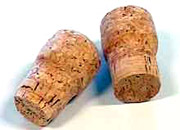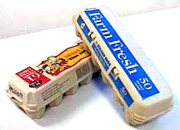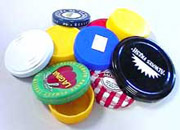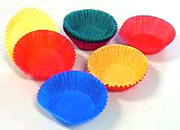Behaviour
Caring for babies
Bottle feeding
Changing a nappy
Cleaning and sterilising bottles
Daily cleaning tasks
Helping new children settle in
Preparing for a nappy change
Sleep patterns – babies
Sleep routines – babies
Toilet training
Caring for children
Allowing time for practice
Dressing/undressing
Mealtimes
Nappy change
Packing away/caring for the environment
Sleep/rest time
Toileting
Common self-help milestones
Tips for sleep and rest time
Self image
Communication
Body language
Limits and guidelines
Ways children communicate
Greeting children and families
Modelling appropriate communication
Questioning
Verbal and non–verbal communication
Acknowledging children's feelings
Listening attentively
Communicating with Aboriginal and Torres Strait Islander parents/carers
Development
Allowing time for practice
Dressing/undressing
Mealtimes
Nappy change
Packing away/caring for the environment
Sleep/rest time
Toileting
Common self-help milestones
Creative development
Language development
Modelling positive relationships
Physical development
Sharing and taking turns
Sleep patterns – babies
Sleep routines – babies
Encourage independent problem solving
Fundamental movement skills
Health, hygiene and safety
Coping with stress
Correct manual handling principles
Daily cleaning tasks
Hand washing
Hand washing poster
Manual handling overview
Toilet training
Safety checklist
Learning experiences and play
Environmentally friendly learning experiences
Learning experiences for different development areas
Creative resource materials
Arranging the environment to facilitate learning and pleasure
Indoors and outdoor areas
Creating a positive physical environment
Legal and ethical issues
Child abuse case studies
How do I recognise when a child or young person is at risk?
Tips on dealing with disclosures
Observation methods
Arranging Experiences (PDF 351Kb)
Recording observations
Rules for making observations
What you can learn from observations
Programming
Children’s interests, strengths, needs and skills
Extending the children’s interest in dinosaurs
Objective observation
Planning an OSHC environment
Behavior management plan
Planning enjoyable experiences
Planning experiences for 0 - 2 years age group
Planning experiences for 2 - 3 years age group
Planning experiences for 3 - 5 years age group
Creative resource materials
Creativity is something that comes from within each and every one of us, and is shown or displayed in what we do with materials and experiences. When we provide art and craft materials for children, we provide them with the opportunity to make and use materials in their own special and creative way.
Providing ready-made cut-outs of butterflies and snowmen, or traced drawings of animals for children to colour in, does not make a creative experience. Neither do colouring books, stencils or dot-to-dot drawings. Such materials only provide practice in fine motor skills and are, in any case, adult-directed.
Try to provide children with the opportunity to create for themselves, rather than always be involved in experiences that are dictated by what we, as adults, might approve of.
There are many things you can do to make your learning environment more pleasing, interesting and creative - and it doesn't have to cost a lot of money. Below are some suggestions about the different materials you can use.

Open-ended materials are those that can be used in any way and there is no end to what can be done with the material. Play dough, clay, dramatic play materials, such as hats, bags, cooking materials, are all open-ended in their possibilities, as against a puzzle, game or fixed climbing equipment, which have more limited uses.
Open-ended materials give children the time and the opportunity to think creatively, finding new uses for familiar items.
There are many natural materials around us that can be utilised by children in the program. We don't need to spend a lot of money purchasing plastic toys and equipment when natural items will provide an equal (or better) substitute.
Examples include gumnuts, seaweed, sponges, stones, leaves, bark, small branches and twigs, seed-pods, pine cones, etc.
 Leaves |
 Rocks |
 Shells |
 Sea sponges |
When you go out on the weekend, look around and collect other natural materials from the environment that you can use to enrich your program for the children.
Examples include paper, cardboard, empty food cartons (check that there have not been any traces of nuts as this may have a major effect upon a child who is allergic), yoghurt containers, milk cartons and bottles, ice cream containers, wine caskets, lids, soft drink bottles, etc.
Always ensure materials have been washed prior to use.
 Bottles |
 Boxes |
 Corks |
 Egg cartons |
 Magazines |
 Material |
 Popsticks |
 Straws |
 Containers |
 Lids |
 Patty pans |
 String |